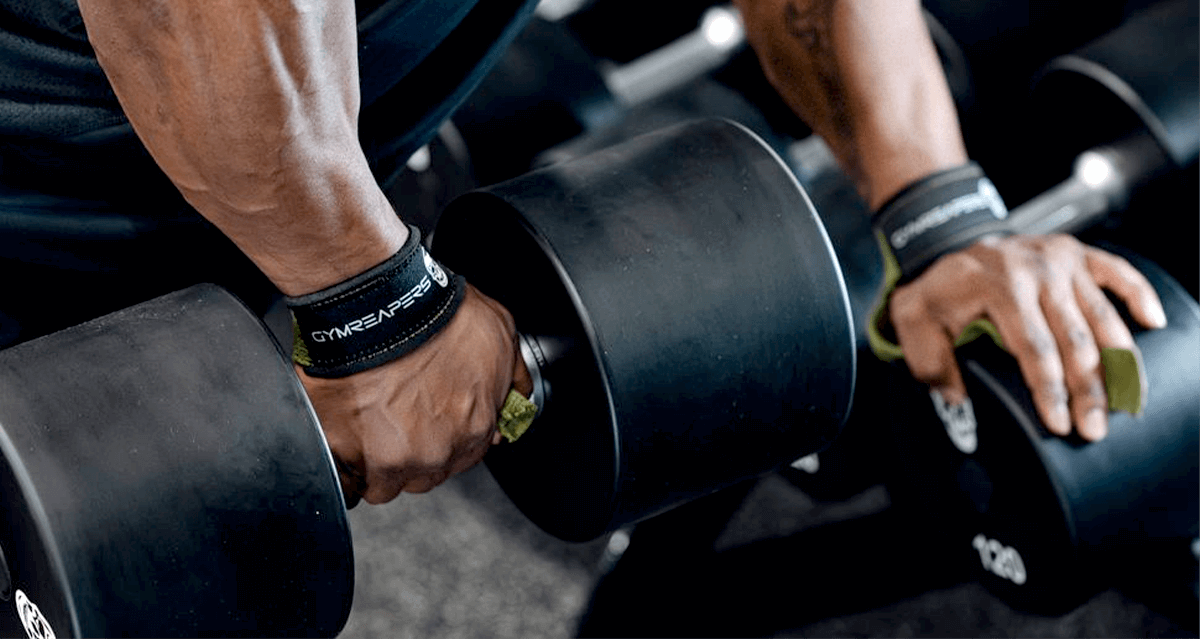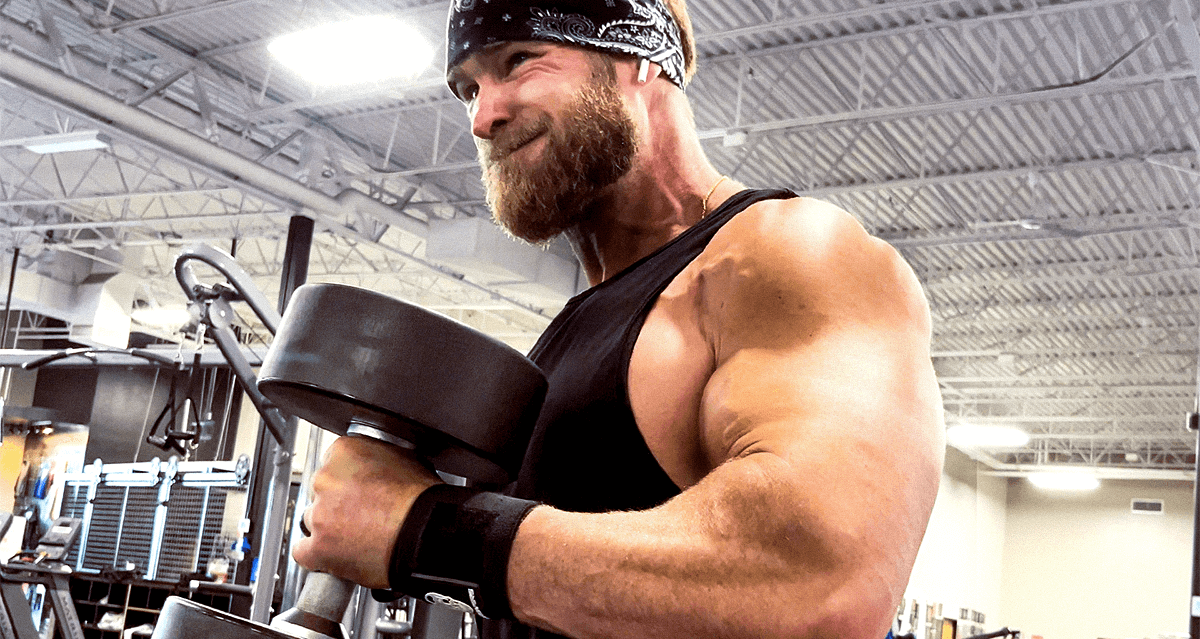Weightlifting Straps: FAQs, Benefits, and Best Practices
Weightlifting straps are essential tools for enhancing grip strength and lifting performance. This guide answers the most common questions about using lifting straps, including their benefits, differences from wrist wraps, and best exercises.
Whether you're a beginner or advanced lifter, learn how lifting straps can help you lift more weight, improve form, and reach your fitness goals.
Understanding and using weightlifting straps effectively can significantly boost your lifting performance and safety. By addressing these common questions, we've covered everything from choosing the right straps to knowing when and how to use them. Incorporate these insights into your training routine to enhance your strength, grip, and overall workout results.
Frequently Asked Questions

Is it good to use lifting straps?
Yes, using lifting straps for pull-ups helps secure yourself to the bar, reducing reliance on grip strength. This allows you to focus on building mind-muscle connection, increasing time under tension, and improving range of motion.
One study found that lifting straps help maintain grip strength, improve mechanical performance, and reduce perceived exertion, making them beneficial for various pulling exercises. (Jukic, 2020)
What is the difference between wrist wraps and lifting straps?
Wrist wraps stabilize your wrist joints during training, enhancing safety and comfort with heavy loads.
Lifting straps bond your hands to the weight, improving your gripping ability for exercises involving barbells, dumbbells, and more.
When should I start using lifting straps?
Wait until after three months of lifting to improve grip strength before using straps. Intermediate lifters can use straps for most pull exercises, but avoid them on certain overhead movements due to safety concerns.
At what weight do I need straps?
If you can deadlift 400+ lbs with your legs and back but struggle with grip, straps can help you lift more weight. As one study suggests, lifting straps can help when grip strength becomes a limiting factor, such as when lifting heavy weights. (Jukic, 2020)
Is it better to lift with or without straps?
Using lifting straps can help you lift more weight by enhancing grip security, allowing you to focus on form and reduce the risk of dropping the bar during heavy lifts. One study found that lifting straps improve mechanical performance, decrease perceived exertion, and enhance perceived grip security and power. (Jukic, 2020)
What exercises are best for using lifting straps?
Athletes use gym straps for deadlifts, pulls, snatches, cleans, barbell rows, pull-ups, and front squats. Straps secure the grip, allowing for a more reliable hold on the bar and the ability to perform more reps. The study specifically looks at deadlifts and suggests that lifting straps are useful in exercises where grip strength is a limiting factor, indicating they are beneficial for deadlifts and other similar pulling exercises. (Jukic, 2020)
Should I use lifting straps for squats?
Figure 8 straps provide a secure grip for front squats, allowing you to focus on the lift without worrying about the bar slipping.
Is lifting hooks or straps better?
For grip strength issues or extremely heavy weights, lifting hooks offer unparalleled grip security. Straps are versatile and suitable for various exercises.
Are lifting grips or straps better?
Lifting grips improve grip strength and control, ideal for beginners. Lifting straps provide support and prevent slippage, aiding in lifting heavier weights.
Are figure 8 or normal lifting straps better?
Choosing between Figure 8 lifting straps and conventional straps depends on personal preference and lifting style. Figure 8 straps provide maximum security during heavy lifts.
Which type of lifting straps are best?
The lasso style is common and affordable for amateurs, but the closed-loop lifting strap is strong, comfortable, and easy to use, making it the best option.
Does lifting strap brand matter?
Cotton lifting straps offer comfort, grip support, and callus protection. For durability, consider reputable brands like Gymreapers as you progress.
Do bodybuilders use lifting straps?
Bodybuilders, casual gym-goers, powerlifters, and other strength athletes use wrist straps for enhanced grip and support during lifts.
Related article: Best Lifting Straps for Weightlifting, Powerlifting, and Bodybuilding
What is the point of lifting straps?
Powerlifters use straps to improve grip strength and lift heavier weights. Straps wrap around the hand and bar, providing wrist support and aiding in gripping heavier weights.
When not to use lifting straps?
New lifters or those with lagging grip strength should avoid straps to build grip strength and stamina.
Are lifting straps worth buying?
Lifting straps help lift more weight, promote muscle hypertrophy, improve mind-muscle connection, protect hands, enhance symmetry, and are cleaner than gym chalk. Avoid over-reliance to prevent hindering grip strength.
The study provides evidence that lifting straps can help lift more weight, promote better grip security, and decrease perceived exertion, which supports the argument that they are a worthwhile investment for improving performance in resistance training. (Jukic, 2020)
Can I use straps with dumbbells?
Yes, wrist straps provide additional support and stability for lifting heavier dumbbells, allowing better focus on the targeted muscle group and reducing wrist and forearm strain.













Hinterlasse einen Kommentar
Alle Kommentare werden vor der Veröffentlichung geprüft.
Diese Website ist durch hCaptcha geschützt und es gelten die allgemeinen Geschäftsbedingungen und Datenschutzbestimmungen von hCaptcha.